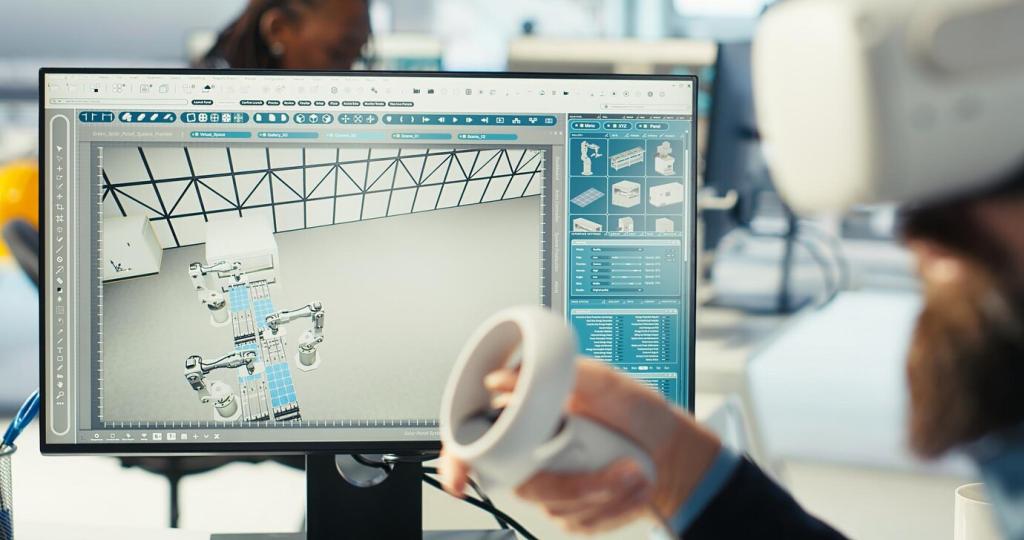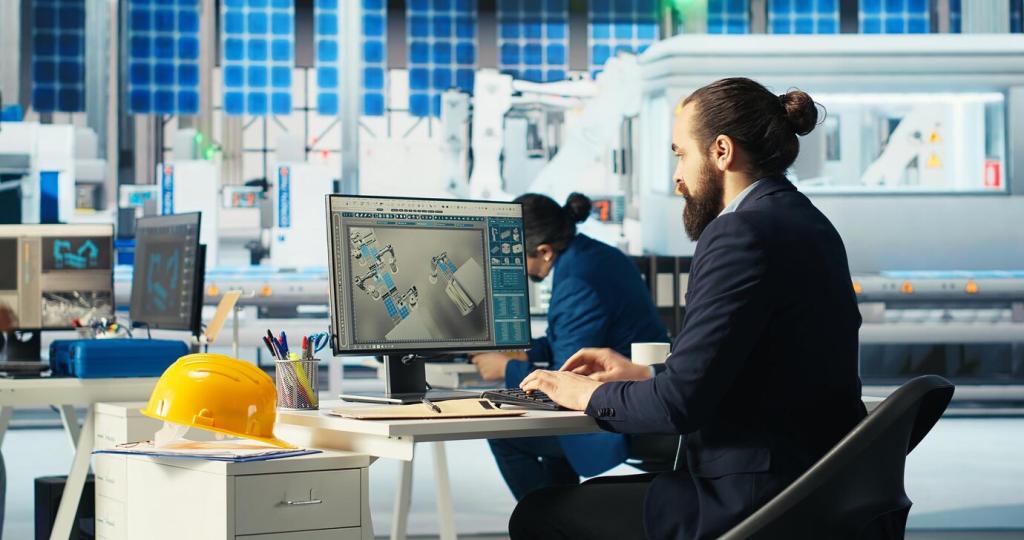Eco-Friendly Software Solutions for Sustainable Interior Design
Chosen theme: Eco-Friendly Software Solutions for Sustainable Interior Design. Explore inspiring, practical ways digital tools can cut carbon, elevate aesthetics, and nurture healthier spaces. Join our community—subscribe, comment, and share how you design greener interiors with smarter software.
Foundations of Eco-Software in Interior Design
From Sketch to Impact: Digital LCA in the Studio
Integrate lifecycle assessment tools directly into concept stages to compare finishes, fixtures, and layouts by embodied carbon. A small studio reported a 17% reduction by swapping a single wall system—proof that early modeling unlocks big sustainability wins. Share your favorite LCA plug-ins.
BIM as a Sustainability Backbone
BIM-linked parameters store environmental product declarations, material quantities, and maintenance plans, enabling instant carbon snapshots. Designers can test iterations rapidly, catching impacts before specifications lock. Tell us how your BIM families track sustainability attributes across projects and teams.
Material Databases and Circular Passports
Curated, cloud-based libraries centralize low-toxicity, recycled, and locally sourced options. Material passports preserve origin, assembly, and disassembly details, supporting future reuse. Comment if your library flags VOC limits, recycled content thresholds, and end-of-life pathways while you select finishes.
Energy and Daylight Optimization Indoors
Daylight simulations quantify useful daylight autonomy, guiding placement of partitions, reflectance choices, and shading. One coworking retrofit increased daylighted hours by 32% after software suggested matte ceilings and lighter worktops. Share your top daylight metrics that persuade clients quickly.

Low-Carbon Materials and Procurement Software

Specifying Low-Embodied-Carbon Finishes
Digital tools can compare flooring, wall panels, and countertops by embodied carbon per square meter, durability, and maintenance. A boutique hotel cut lobby emissions by replacing stone with high-recycled terrazzo. Tell us your go-to finish pairing that balances elegance and sustainability.

Supplier Transparency and EPD Integrations
Direct integrations with manufacturer EPDs surface verified metrics at specification time. Teams avoid greenwash by filtering for third-party verified data and regional sourcing. Share how data-driven supplier shortlists reduced lead times while aligning with your project’s sustainability narrative.

Circular Procurement and Take-Back Platforms
Platforms tracking product IDs enable leasing, refurbishment, and take-back agreements. Designers can specify modular furnishings that remain assets, not waste. Comment if you have piloted contracts where deinstallation and remanufacture were planned from day one, saving cost and carbon.
Nesting algorithms optimize sheet layouts for cabinetry and wall systems, minimizing waste while honoring grain directions and finish constraints. One maker space reported 24% material savings on a cafe fit-out. Share your nesting settings that balance efficiency, aesthetics, and buildability.
Waste Reduction Through Digital Fabrication
Digital twins help designers test disassembly, transport, and reconfiguration before ordering materials. Teams can verify that modules fit elevators and corridors while remaining future-proof. Tell us how digital twins improved maintenance plans and extended the life of interior assets.
Waste Reduction Through Digital Fabrication
Healthy Interiors: Data-Driven Choices
Specification tools flag adhesives, paints, and sealants exceeding VOC thresholds, suggesting vetted alternatives. One school project swapped two products and reduced complaints post-occupancy. Share your checklist that keeps health criteria visible without slowing the creative momentum of your team.
Education, Culture, and Team Adoption
Green Skills for Designers
Short training sessions on LCA, EPDs, and daylight modeling accelerate competence without overwhelming people. Small weekly challenges build confidence fast. Share your favorite micro-learning format that turns sustainability features into everyday design reflexes for your whole studio.
Sustainability Champions and Rituals
Nominate champions to maintain libraries, update templates, and broadcast wins. Monthly design pin-ups featuring carbon and health metrics make progress visible. Tell us which rituals helped your team keep eco-friendly software active rather than an afterthought in deadlines.
Storytelling with Dashboards
Visual dashboards translate complex data into clear narratives clients understand: carbon saved, waste diverted, comfort improved. These stories secure approvals and budgets. Comment with a screenshot-worthy chart that turned skepticism into enthusiasm for sustainable interior strategies.

Audit Your Current Tech Stack
List current design, specification, and collaboration tools, then map sustainability gaps. Identify quick wins like EPD integrations and daylight studies. Share your audit template so peers can kick off cleaner, clearer, and more measurable interior design processes this month.

Pilot a Small, Measurable Project
Choose a room or floor where you can track embodied and operational carbon. Set baseline metrics, pick two software-driven interventions, and compare results. Tell us what you measured, what changed, and which tool unlocked the biggest interior sustainability improvement.
